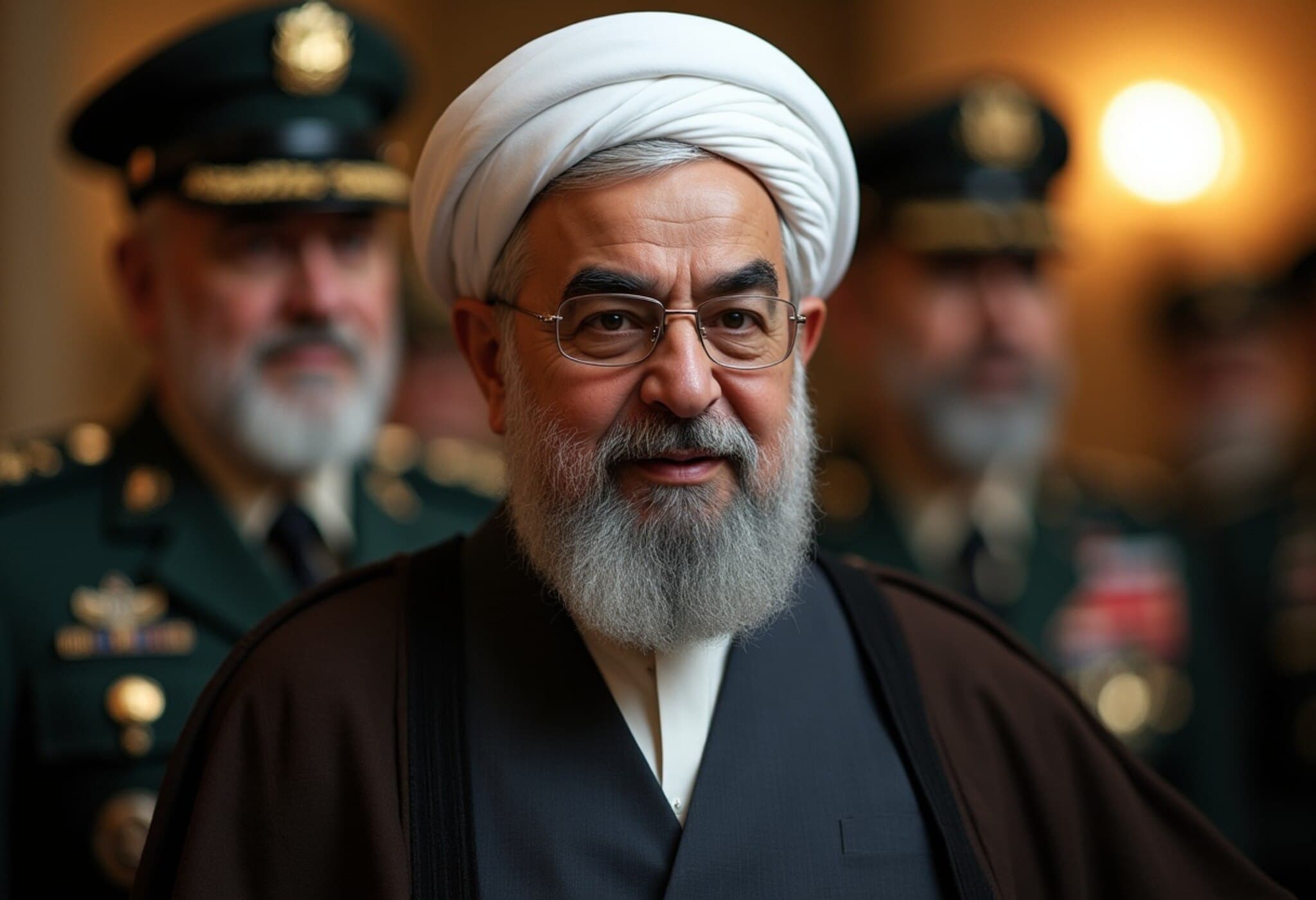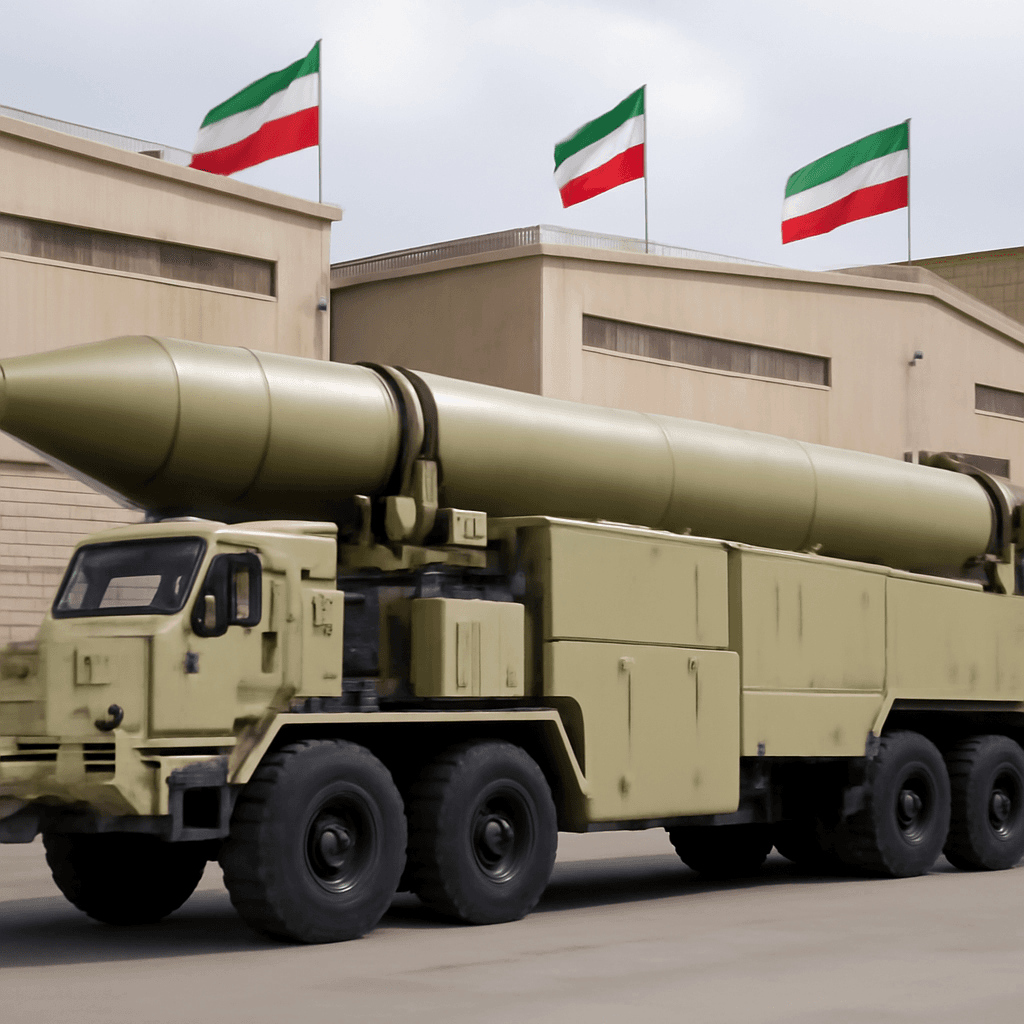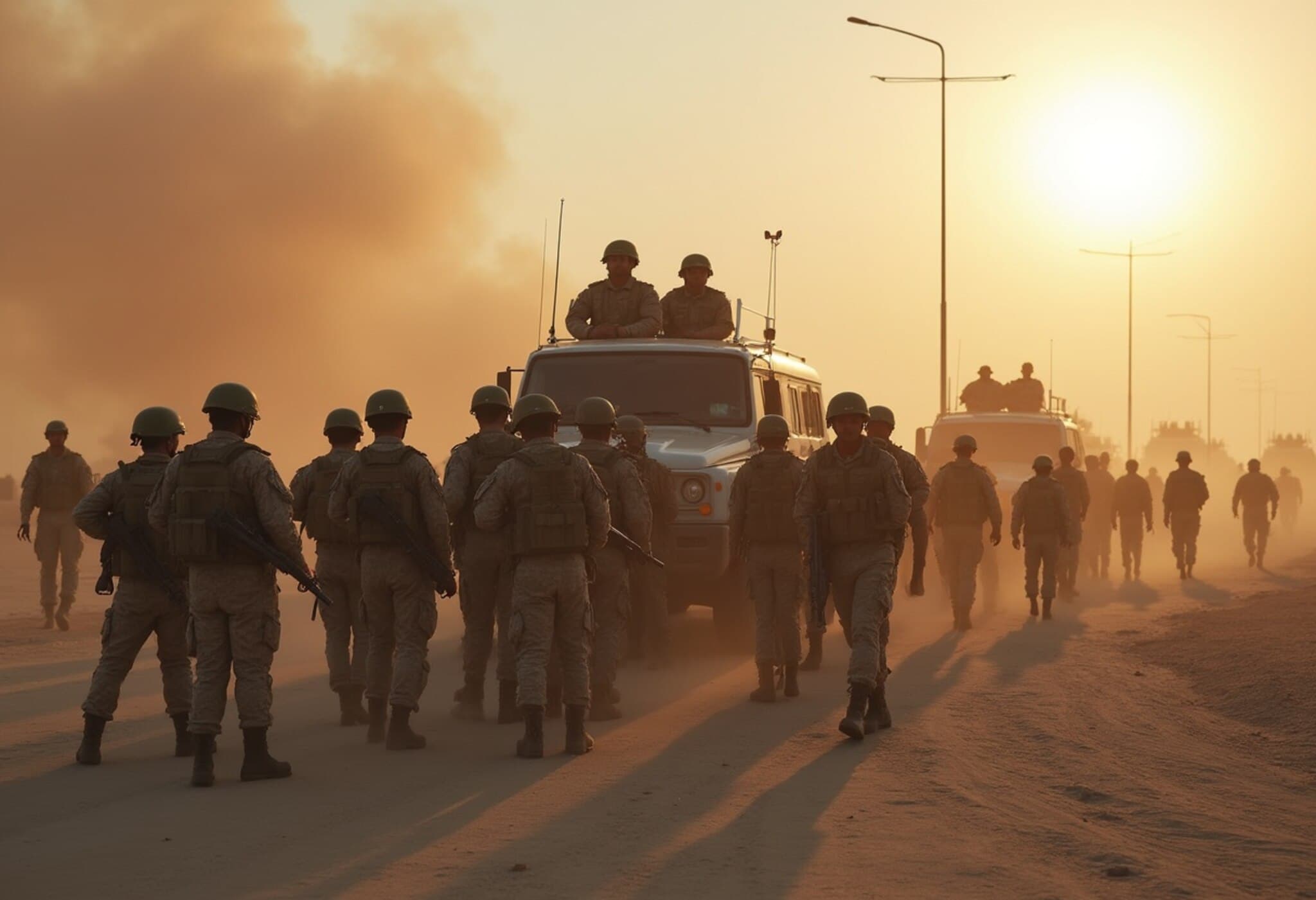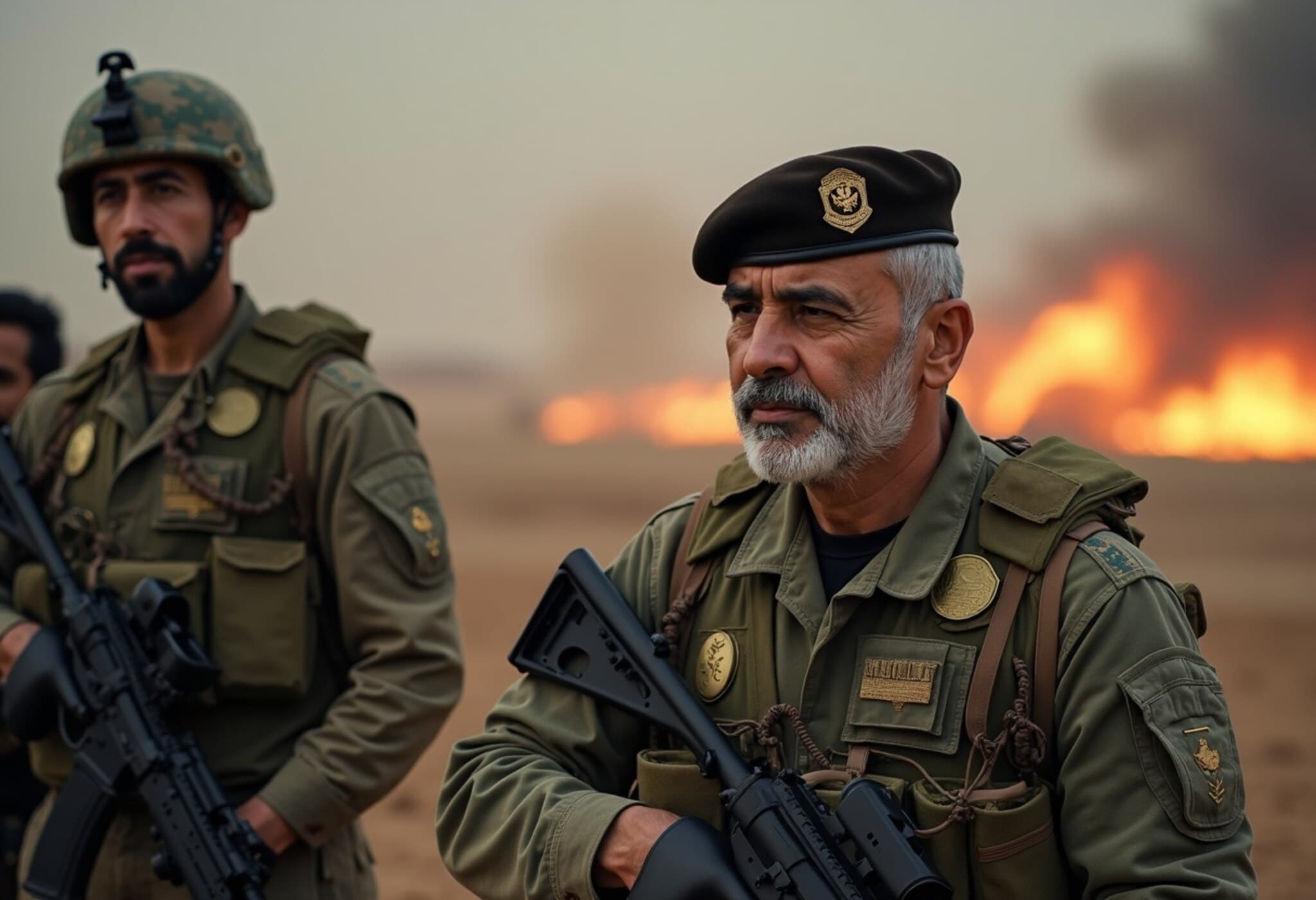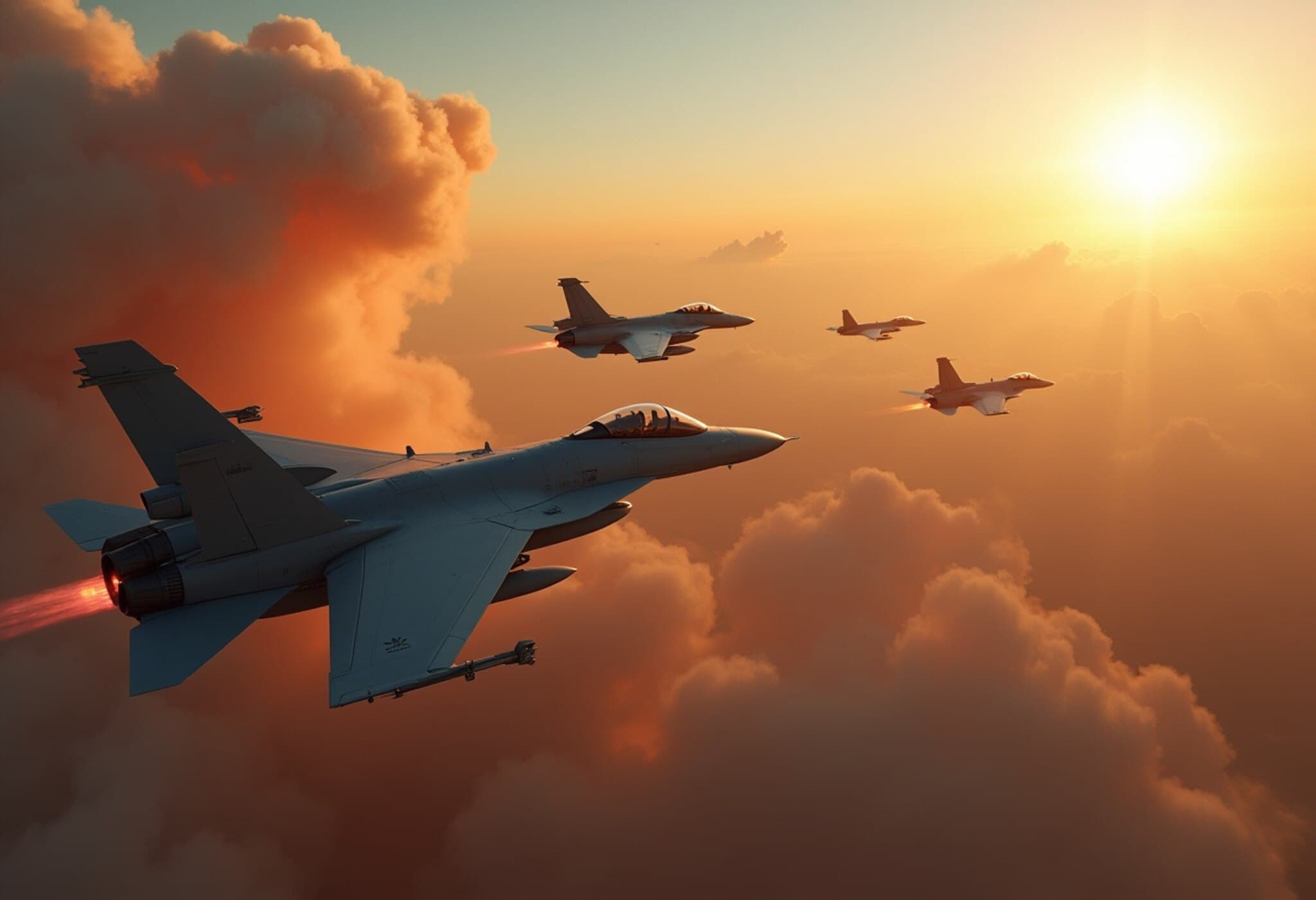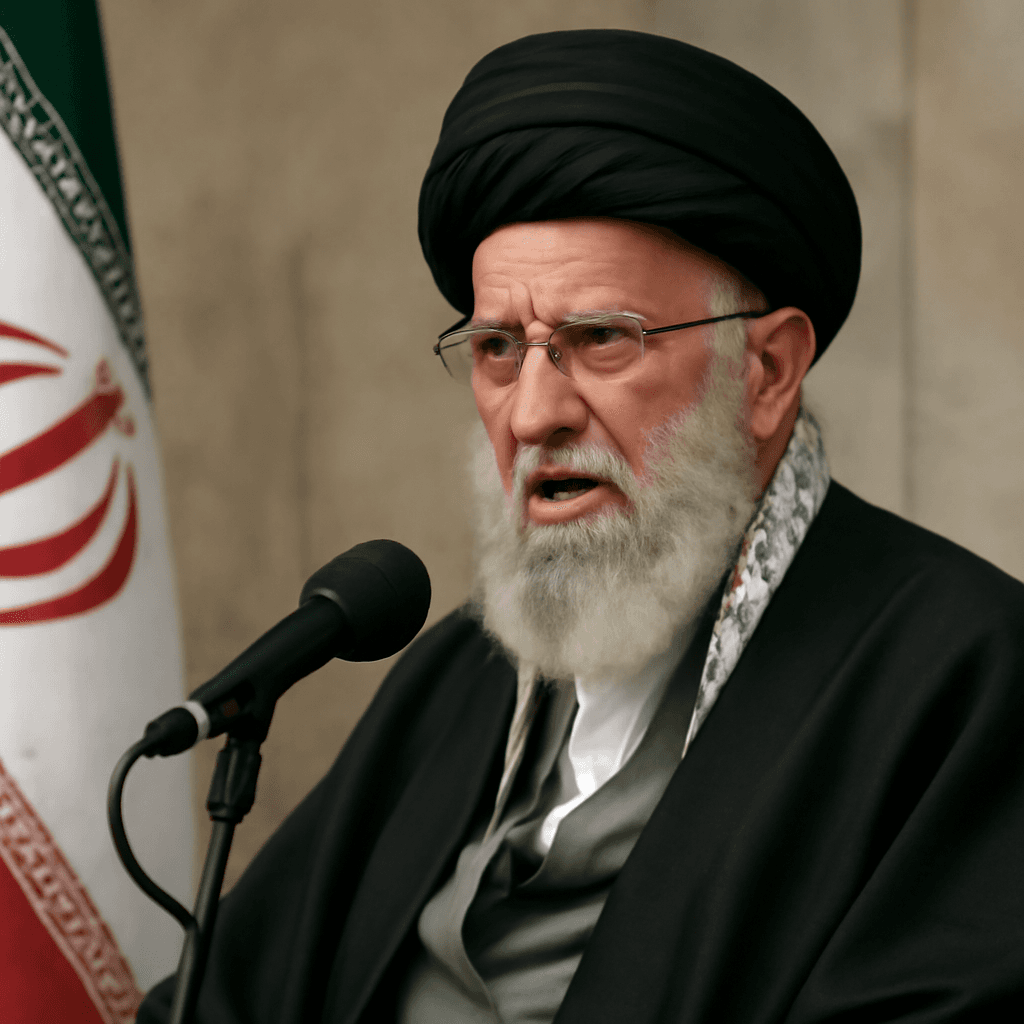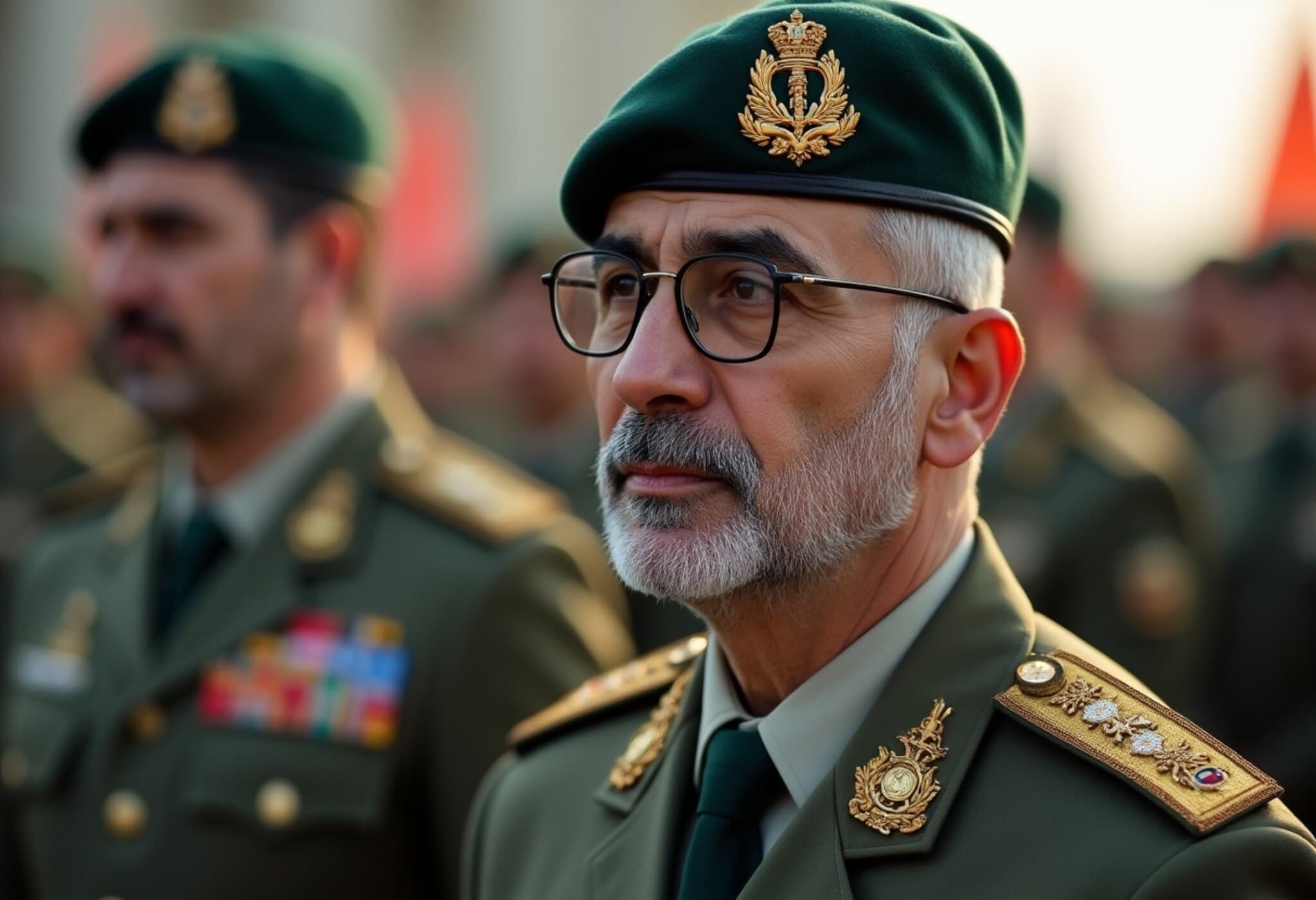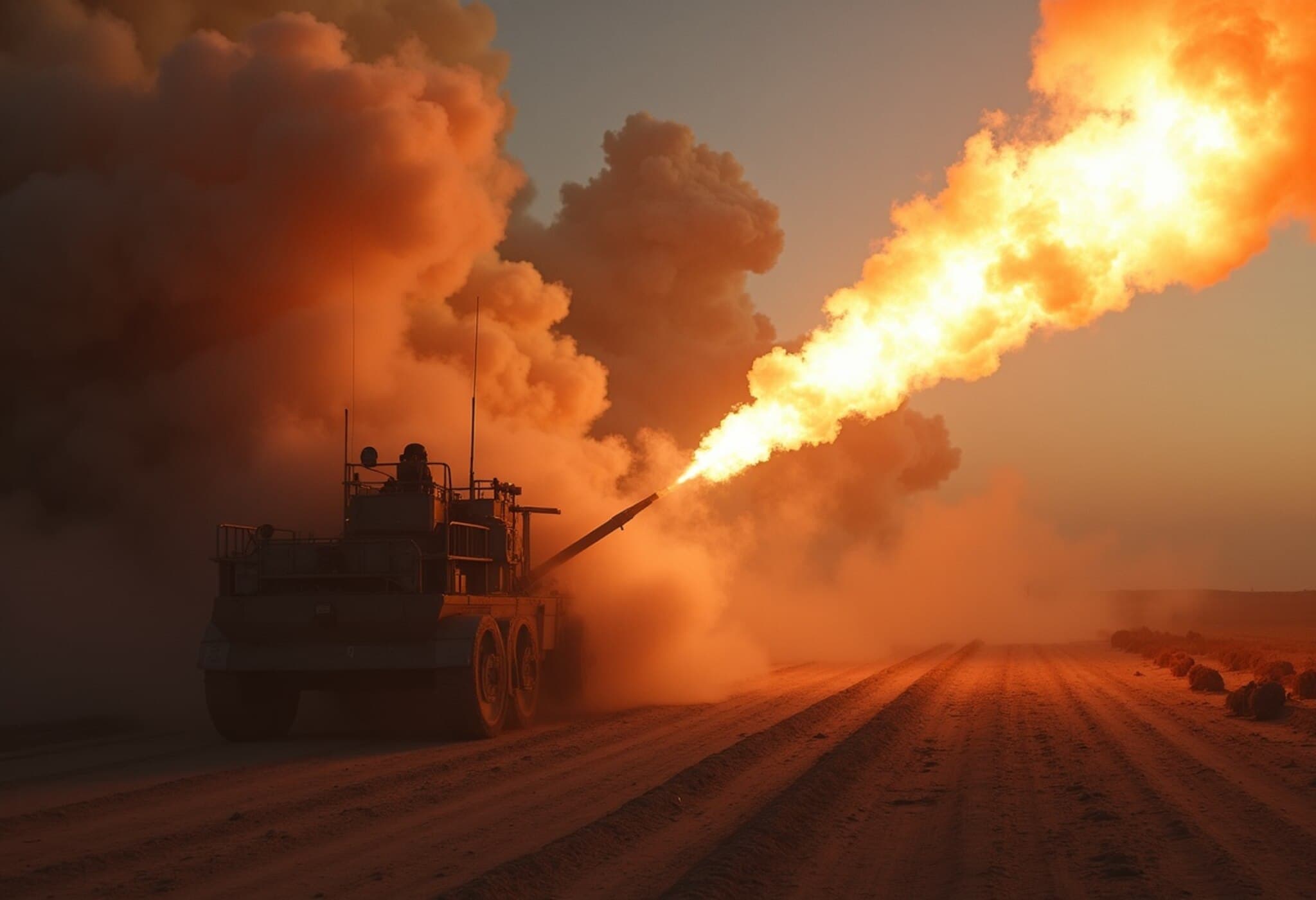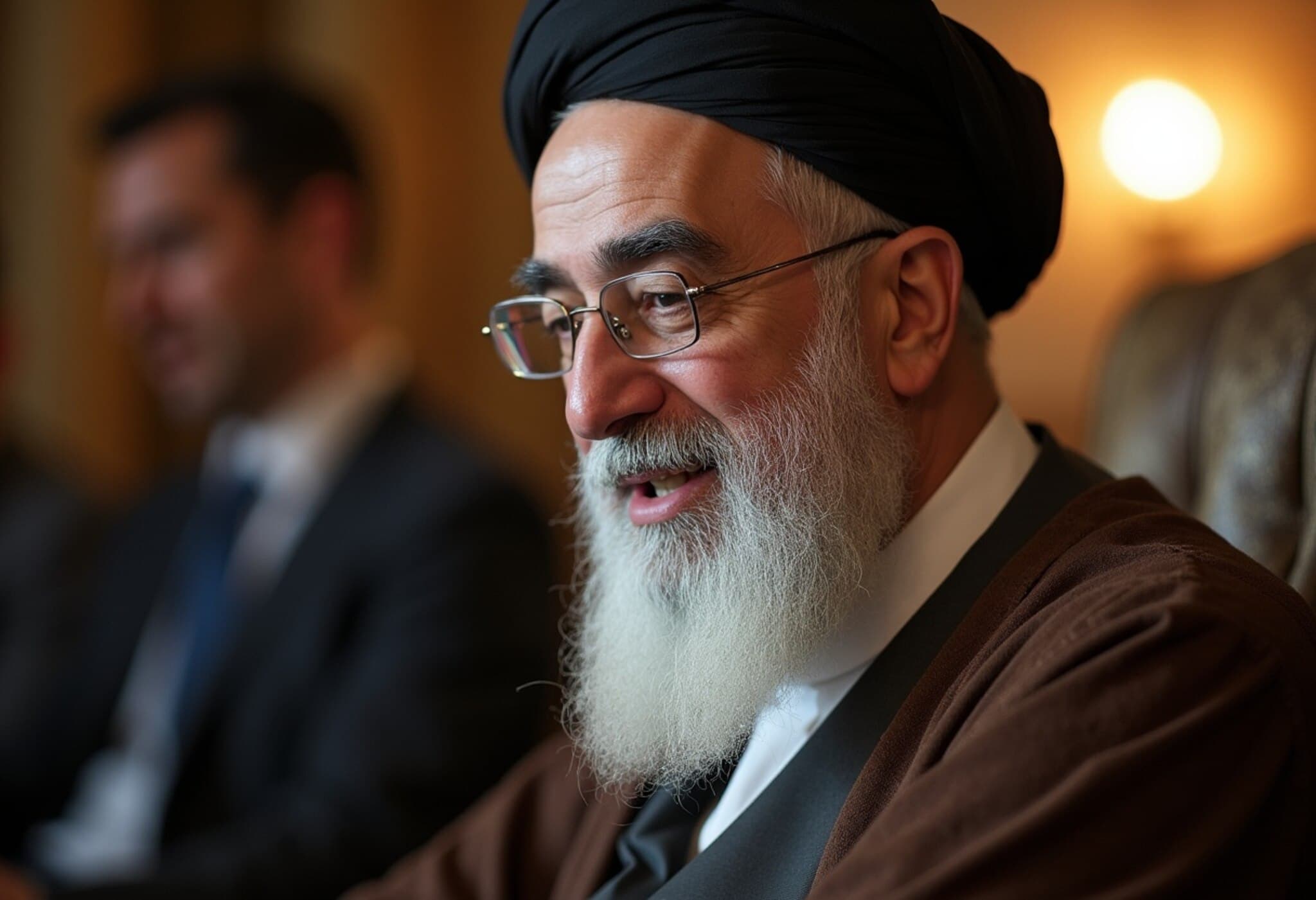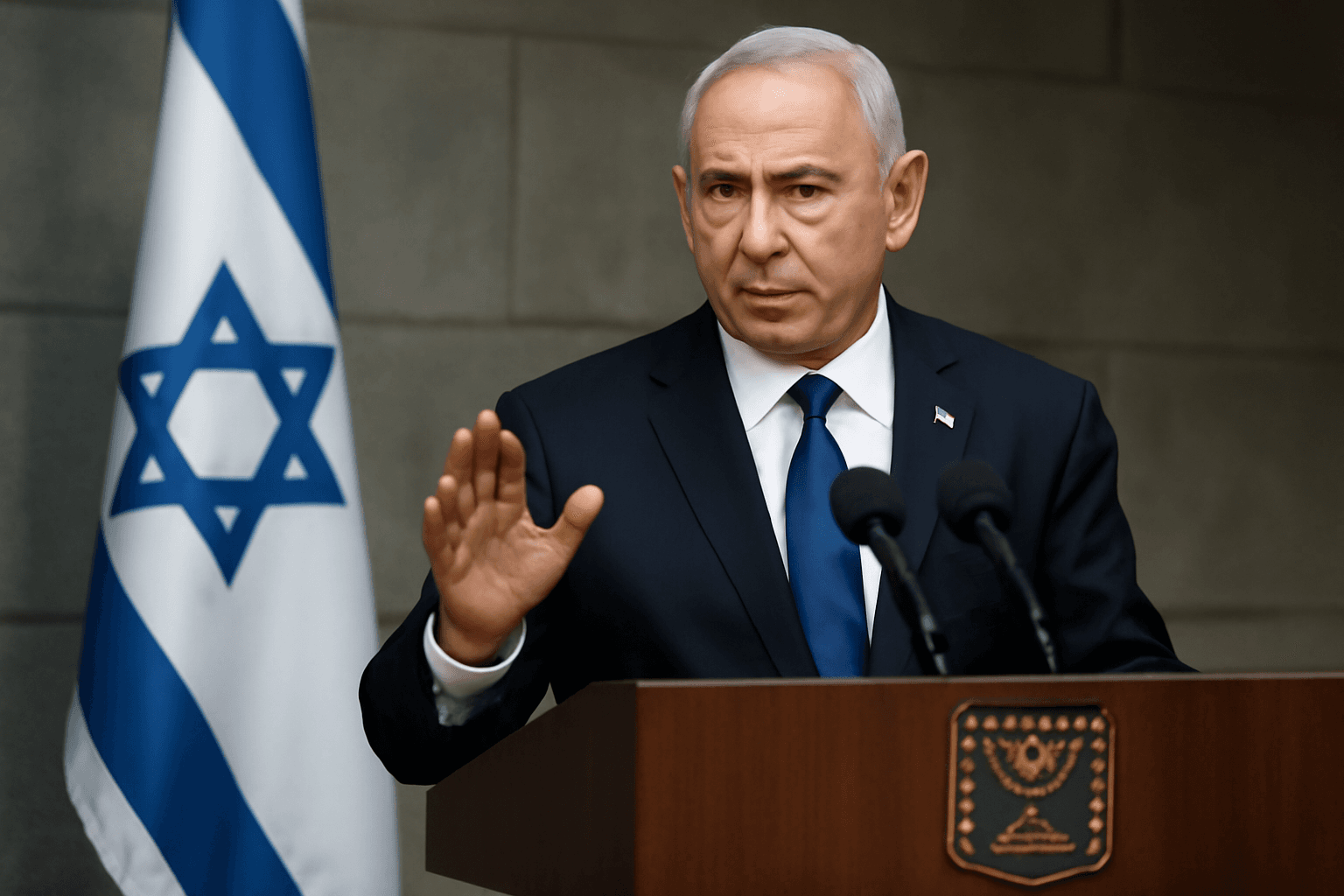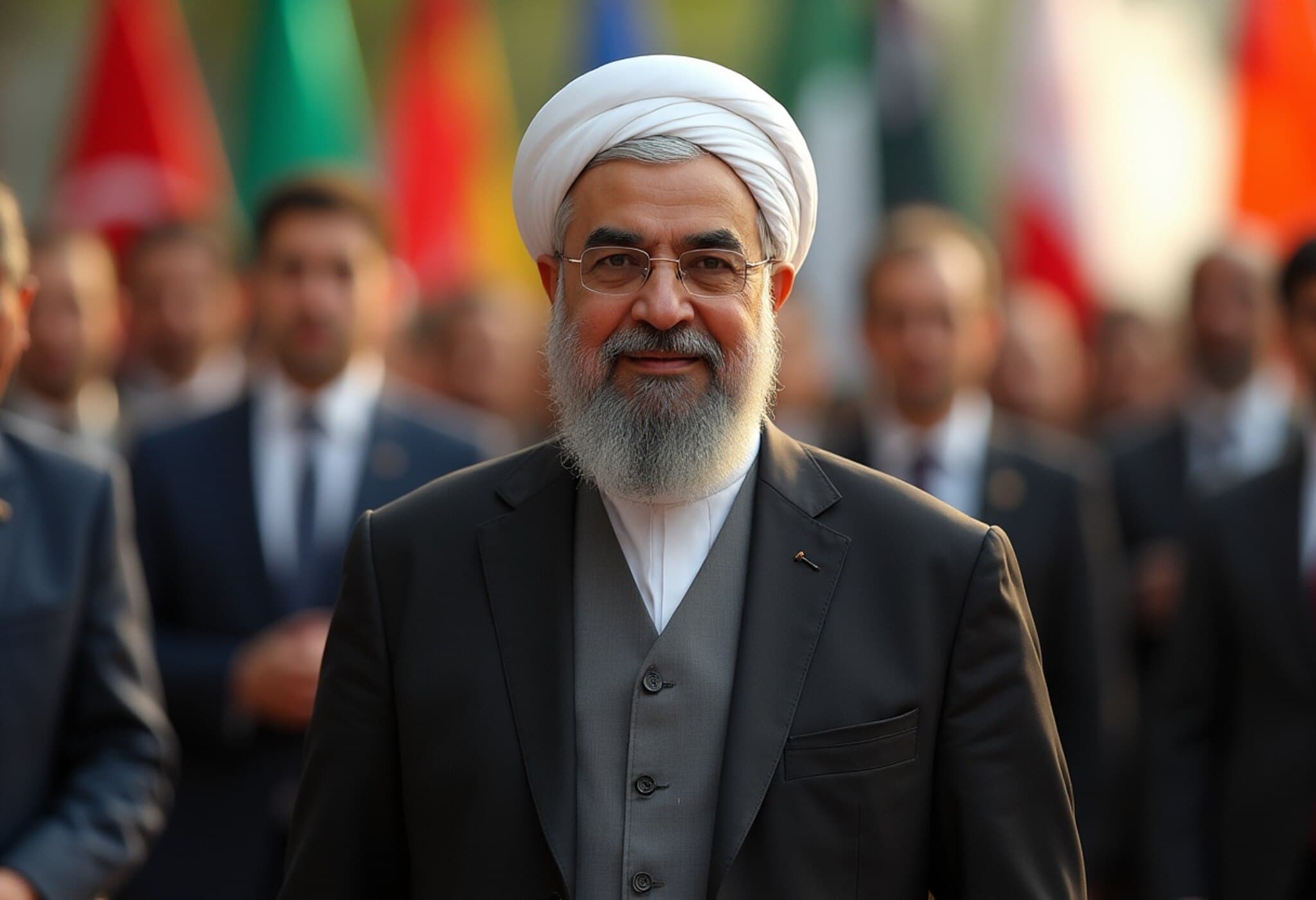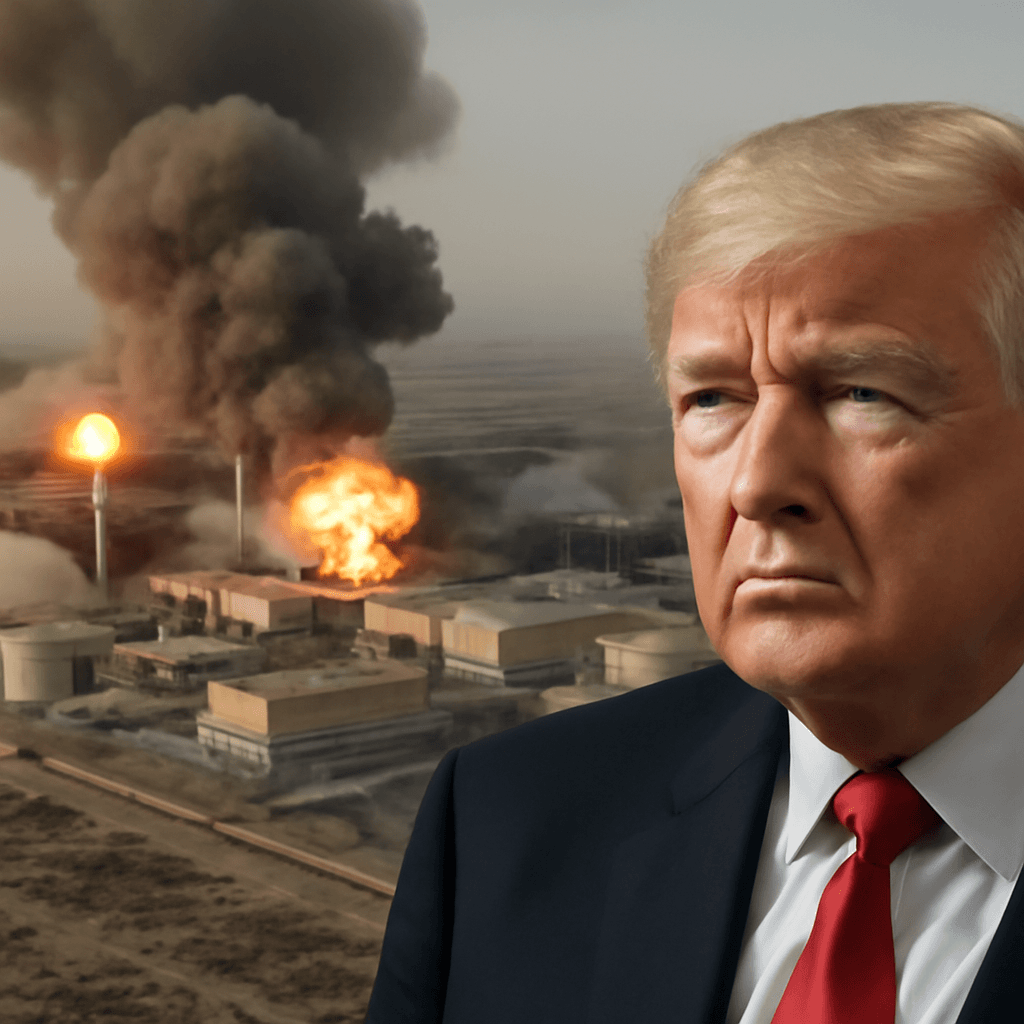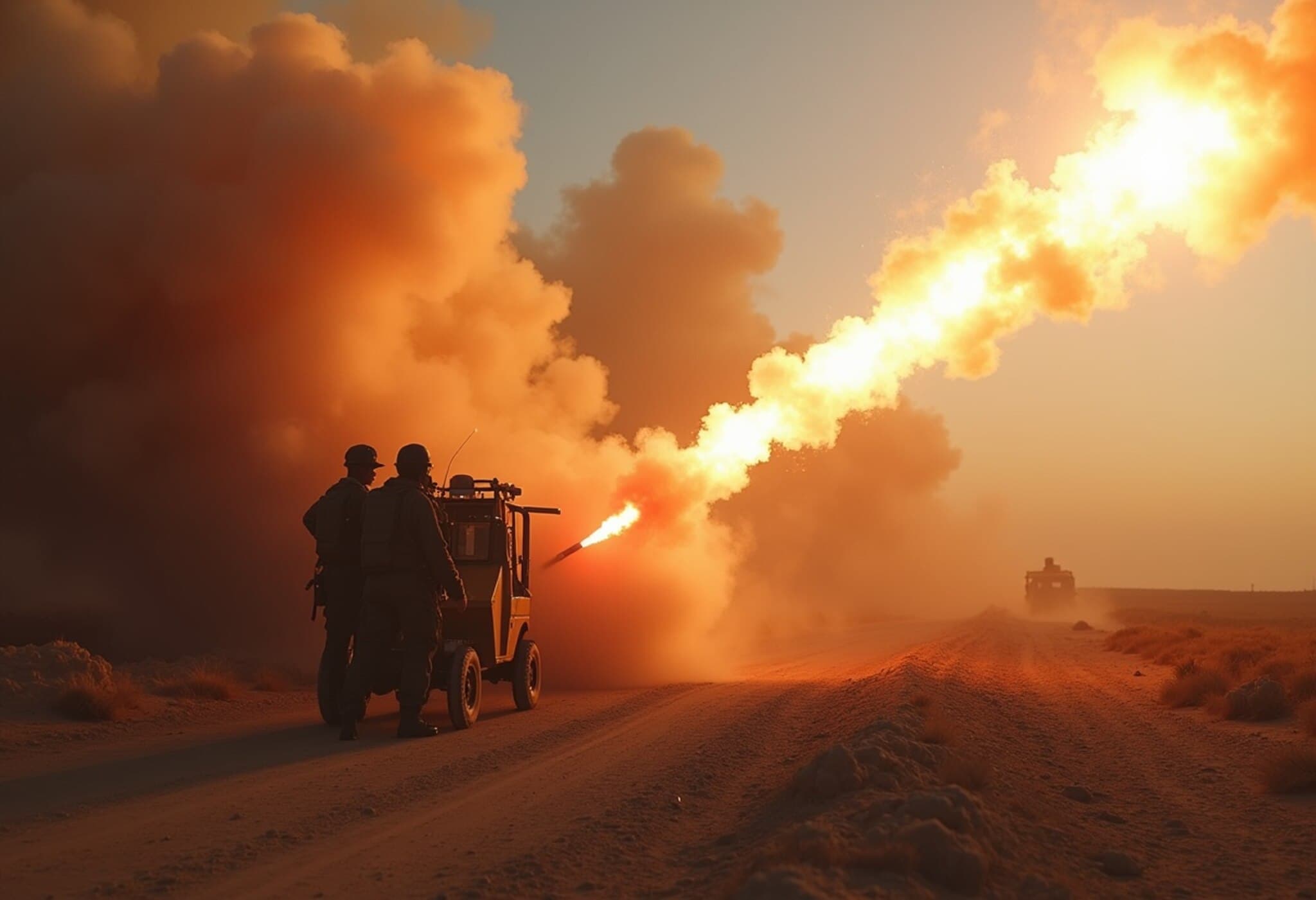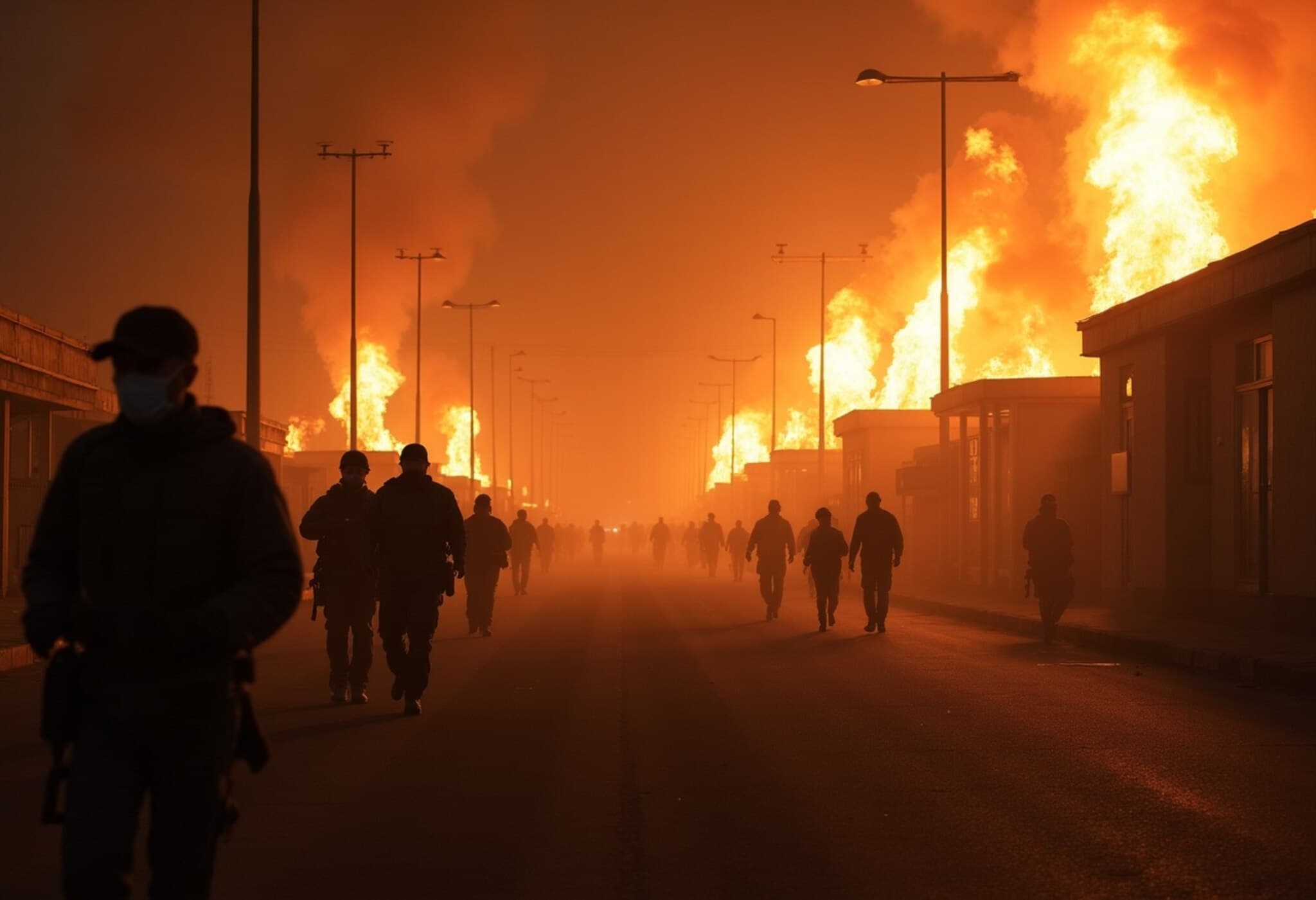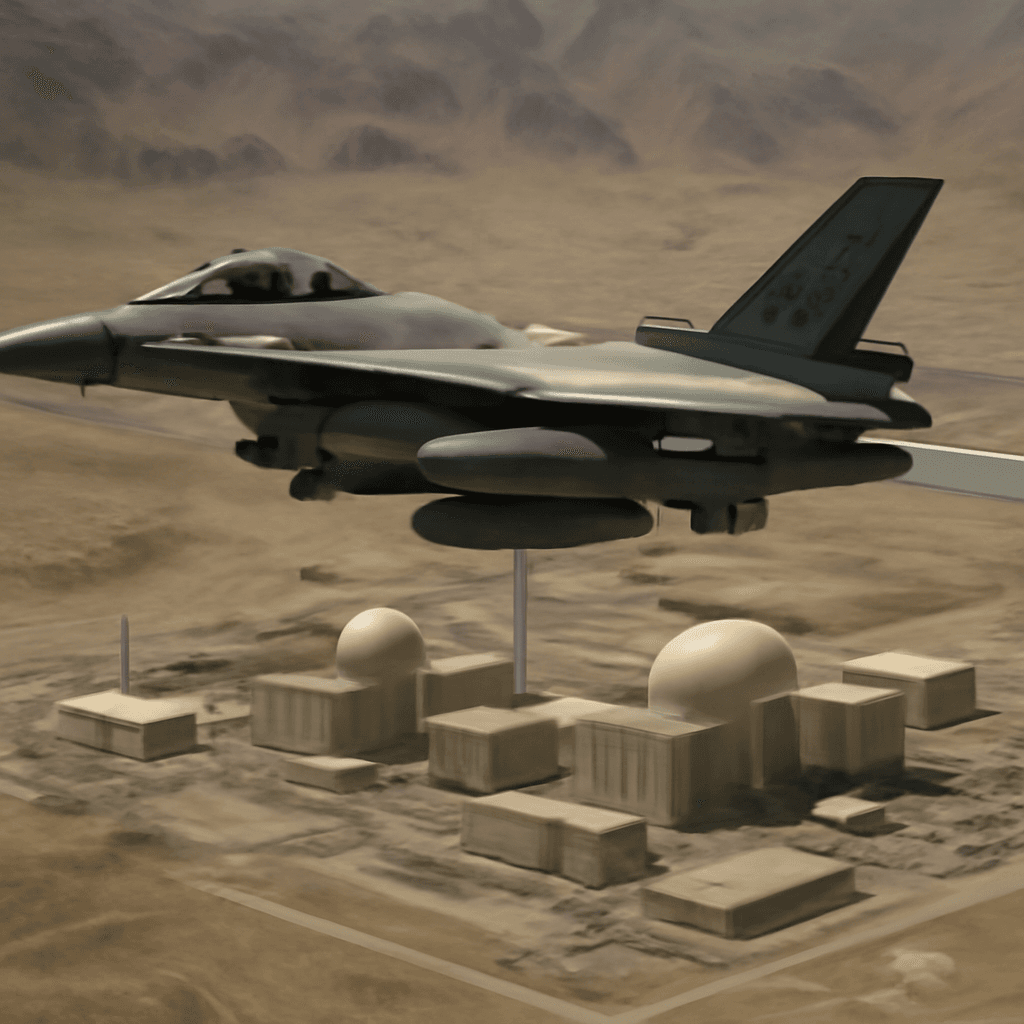Israel’s Targeted Strikes Shake Khamenei’s Inner Circle
At 86, Iran's Supreme Leader Ayatollah Ali Khamenei faces unprecedented challenges as a series of Israeli air strikes have dismantled key pillars of his military and security team. These blows have left significant gaps within his closest advisory group, raising concerns about potential strategic errors in Iran’s defense and governance.
Decimating the Revolutionary Guards’ Top Command
Among the casualties are some of Khamenei’s most trusted military advisers from the Revolutionary Guards, Iran’s elite force. This includes the Guards' overall commander Hossein Salami, aerospace chief Amir Ali Hajizadeh who oversaw Iran’s ballistic missile program, and intelligence head Mohammad Kazemi. These figures were integral to a core advisory circle of roughly 15 to 20 individuals comprising commanders, clerics, and politicians who meet as needed for critical discussions.
The group is characterized by their unwavering loyalty to Khamenei and the ideological bedrock of the Islamic Republic, frequently convening at his Tehran compound to deliberate high-stakes decisions. Their sudden absence threatens to destabilize the Supreme Leader’s command structure at a critical juncture.
Khamenei’s Leadership Style: Cautious but Stubborn
Despite his reputation for being inflexible, Khamenei is renowned for his caution—an attribute that has helped him maintain power since 1989. He exercises supreme authority over Iran’s armed forces, holds the power to declare war, and appoints senior officials. While he values input from his advisers, his decisions ultimately reflect his strategic calculus focused on one paramount goal: regime survival.
The Rising Role of Khamenei’s Inner Circle and Family
The Supreme Leader’s son, Mojtaba Khamenei, has grown increasingly influential over the past two decades. Acting as a vital coordinator among various factions and institutions, Mojtaba has leveraged close ties with the Revolutionary Guards to consolidate his sway over Iran’s political and security apparatus.
Other key figures still wield influence, including Ali Asghar Hejazi, a top intelligence official in Khamenei’s office, and diplomatic veterans such as Mohammad Golpayegani, Ali Akbar Velayati, Kamal Kharazi, and Ali Larijani, who advise on foreign policy and nuclear negotiations. Still, the loss of senior military commanders represents a severe blow to the Guard’s leadership at a time when its role in domestic security and regional strategy is indispensable.
Strategic Risks Amid Heightened Regional Tension
With the Iranian military command fractured, the risk of miscalculations has intensified. Israel’s relentless targeting of Iran’s military and nuclear infrastructure has spurred retaliatory missile strikes, escalating the potential for wider conflict. The weakened command structure could impair Iran’s response, jeopardizing both regional stability and internal order amid longstanding economic hardships and periodic protests.
Khamenei’s reliance on the Revolutionary Guards, a powerful entity personally loyal to him rather than the elected government, underscores the gravity of these developments. The Guards manage key military branches and wield influence that extends deep into Iran’s state affairs.
A Leadership Facing Isolation and Uncertainty
Beyond Iran’s borders, the broader “Axis of Resistance” coalition has taken hits too. The death of Hezbollah leader Hassan Nasrallah in a recent Israeli strike and the ousting of Syrian President Bashar al-Assad have further isolated Khamenei, compounding pressures both internally and regionally.
As Iran confronts one of the most precarious periods in its modern history, the Supreme Leader’s decision-making stands at a crossroads, shaped by the loss of trusted commanders and the ever-present imperative to safeguard his regime’s survival.

